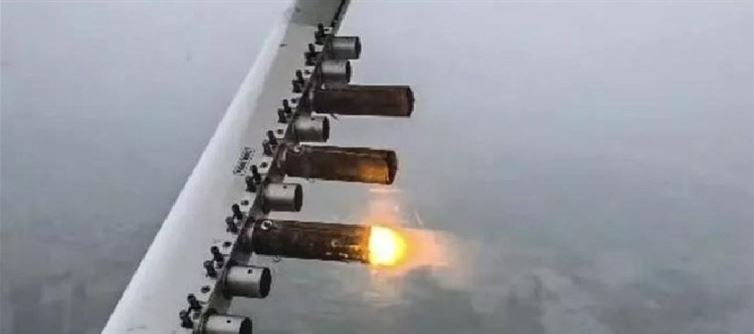
🌫️WHEN SCIENCE BECOMES SPIN
It was supposed to rain.
Instead, it just rained money.
The delhi government spent ₹3.2 crore on a “cloud seeding experiment” — a project pitched as the latest weapon in the capital’s never-ending war on pollution. Planes flew, chemicals were sprayed, promises were made. And in the end? Nothing. Not a drop.
The skies stayed dry, and so did Delhi’s air — thick, grey, and choking.
💸 THE PRICE OF EMPTY PROMISES
Three crores.
That’s the cost of pretending to fight pollution for the cameras.
This was not Delhi’s first attempt at cosmetic governance — just its latest. From the Yamuna cleaning photo-ops to the Bisleri Ghat clean-up spectacle, every few months, the same pattern plays out:
Grand announcements. press conferences. Drone shots.
And then… silence, smog, and a new scandal waiting to be repackaged.
delhi didn’t just seed clouds — it seeded cynicism.
🧪 THE SCIENCE THAT NEVER STOOD A CHANCE
Experts warned from the start: cloud seeding only works if the weather cooperates.
It needs moisture, wind, and the right type of cloud structure. delhi had none.
But who needs meteorological reality when there’s political theatre?
When scientists said conditions weren’t ideal, the government said, “Let’s try anyway.”
And so, the experiment took off — literally — into unsuitable skies.
The result was as predictable as it was avoidable:
3.2 crore worth of chemicals were released into the sky, with no rain, no relief, and no reason.
🌧️ THE CLOUD THAT WOULDN’T LISTEN
You can’t bribe clouds with money.
You can’t charm them with slogans.
But that didn’t stop delhi from trying. Because in a city where policy failure is always rebranded as innovation, cloud seeding was never really about weather — it was about optics.
It gave officials a ready-made line: “We’re doing something.”
Meanwhile, Delhiites still wake up to AQI levels that rival disaster zones, gasping for air in a city where even sunlight looks like smoke.
🔥 THE PR POLLUTION
Every few months, a new stunt is launched with promises of “scientific solutions.”
Air purifiers on buses. Anti-smog guns. Water-spraying vehicles.
And now, cloud seeding.
They all have one thing in common — they photograph beautifully, perform terribly, and vanish quietly.
It’s governance by PowerPoint — not by policy.
And while Delhi’s skies remain a toxic haze, the government keeps experimenting not with science, but with public patience.
⚖️ ACCOUNTABILITY: THE RAIN THAT NEVER FALLS
Who approved ₹3.2 crore for a plan that meteorologists said wouldn’t work?
Who takes responsibility for yet another failed “pollution control” gimmick?
Where is the audit?
The answer, as usual, floats somewhere in the air — just like Delhi’s dust.
In any functioning system, a failure this costly would trigger an inquiry.
In delhi, it triggers a press release.
🧩 THE ROOTS OF THE ROT
delhi doesn’t need rain; it needs reform.
The crisis is man-made — a toxic cocktail of unchecked construction, vehicle emissions, crop burning, and political blame games.
No amount of silver iodide in the sky can clean the rot on the ground.
But fixing that requires leadership — not lip service.
Until then, delhi will keep chasing clouds and calling it climate action.
🕯️ EPILOGUE: WHEN GOVERNANCE EVAPORATES
The ₹3.2 crore cloud seeding experiment wasn’t about fighting pollution — it was about fighting perception.
But Delhi’s citizens don’t breathe press releases. They breathe poison.
Every wasted rupee is another betrayal — of the lungs of children, the sanity of commuters, the hope of millions who still believe clean air shouldn’t be a luxury.
delhi tried to buy rain.
The clouds refused.
Maybe, for once, nature just refused to participate in the lie.




 click and follow Indiaherald WhatsApp channel
click and follow Indiaherald WhatsApp channel